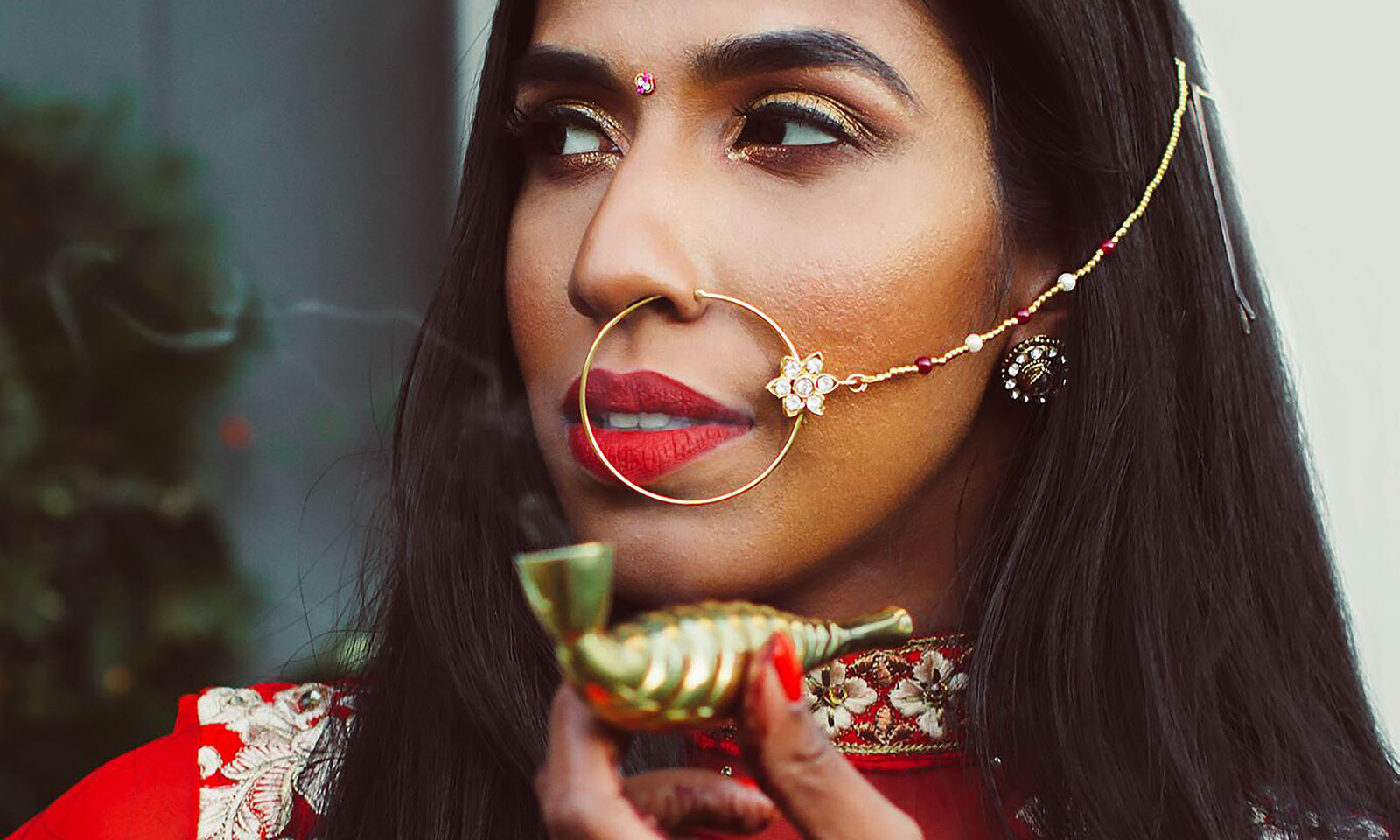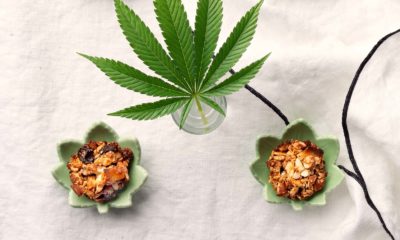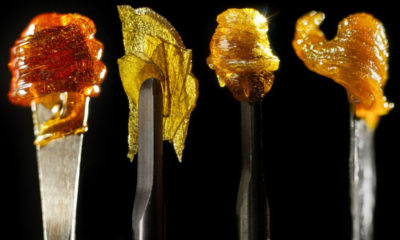Henna, Herb & Healing with Natasha Singh
A henna artist turns to cannabis to treat her PTSD.
Natasha Singh is no stranger to trauma. The henna artist and cannabis advocate, who has been rising to fame on Instagram with her incredibly ornate designs and vulnerable confessions in her captions, has witnessed a darkness that she cannot seem to shake.
Life has led me to be the first responder to complete strangers and family members who have attempted and died by suicide,” Singh says. “As a result, I have suffered from anxiety and PTSD. I decided to start using cannabis and to this day, it’s the only thing that works for me and my body.”
Singh’s story is unfortunately not unique; but many people are now finding relief from a myriad of mental health conditions through the use of cannabis. What is remarkable about Singh are her efforts to not only remove mental health stigmas but also to break down cultural stigmas regarding the use of medical marijuana. Singh is from Los Angeles California a daughter of immigrant parents from Fiji. She is of Indian descent & speaks Hindi fluently and says she has become one of the first cannabis advocates within her community.
The Los Angeles-born mother of an 4 year old daughter went public with her medical cannabis use in an effort to show that there are patients of all ages, races and cultures benefiting from the plant. However, if you would have asked Singh if she thought she would be an acclaimed henna artist and cannabis activist someday, she more than likely would have laughed.

Natasha Singh says she took years to go public about her cannabis use because of conservative attitudes in the Indian American community.
In 2009, Singh tried cannabis recreationally for the first time. She immediately noticed it had a profound effect on her creative side. Simple doodles on notebook pages soon turned into elaborate drawings on her friends’ hands and feet.
“Before I started smoking, I wasn’t an artist — I never even drew,” says Singh. “In fact, I remember skipping art class in high school.”
Soon, Singh had quit her job in banking and enrolled in cosmetology school. Her talent for intricate and ornate henna tattoos (as well as lash extensions and traditional make-up) developed quickly. However, in 2010, Singh began to develop symptoms of PTSD after bearing witness to several suicides.
“While in cosmetology school, my life experiences caused my anxiety and PTSD to manifest severely, so I decided to visit a psychiatrist,” Singh says. “As a result, I was prescribed several medications to help combat these issues. After just two office visits, I knew prescription drugs were not for me; they actually worsened my condition.”
Despite the fact that Singh began consuming marijuana in 2012, it wasn’t until recently that she decided to go public with her use. She credits her hesitation to the conservative nature of Indian culture, but says that her move has since inspired others in the Indian community to learn more about the potential benefits of cannabis.
“[In late 2017,] I openly shared my cannabis experience and how I finally was brave enough to share my usage of this miracle plant with my Indian parents,” she says. “There’s a lot of stigma created around cannabis within the Indian community. Cannabis is labeled as a ‘hard drug,’ and I’m working hard every day to combat this false information.”
Today, Singh runs a henna and lash business called Henna By Natasha, in Seattle and Los Angeles. Currently due to COVID-19 she’s been a social media content creator for a cannabis farm in Mount Vernon. She’s also working on a project in Nepal to help woman out of poverty and destigmatize cannabis within the indian community.
“The ability to be a woman and an entrepreneur, and make other women feel amazing every day, all day long, is truly a gift that I do not take for granted,” Singh says. “I feel like cannabis not only saved my life, but in a way built it. I don’t claim to be a cannabis expert — experience is all I have to share — but I am so enlightened and encouraged that it’s gotten me this far, and if I’m able to help even one person by telling my story, I’ve done my job. Advocacy was a pure fluke, and is just my life.”
Originally published in the print edition of Cannabis Now with additional updates added on Aug. 20, 2020. LEARN MORE
TELL US, do you use cannabis to treat PTSD?


























